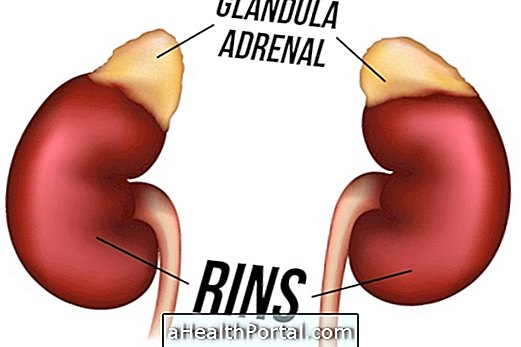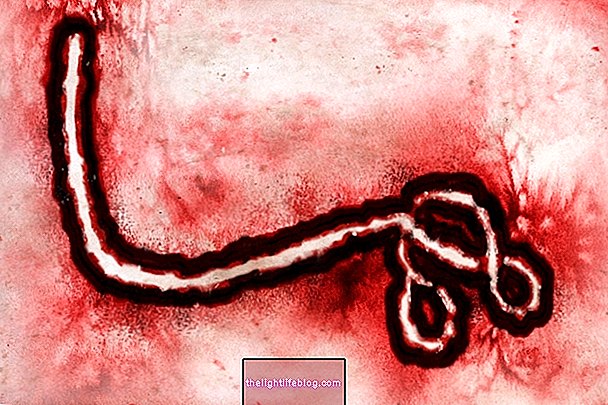Viral encephalitis is a central nervous system infection that causes inflammation of the brain and mainly affects infants and children, but can also occur in adults with weakened immune systems.
This type of infection can be caused by different types of viruses such as herpes simplex, adenovirus or cytomegalovirus that develop in excess due to the weakened immune system and can affect the brain, causing symptoms such as severe headache, fever and seizures.
Viral encephalitis is curable, but treatment should be started quickly to prevent complications arising from damage caused by inflammation in the brain. Thus, in case of suspicion or aggravation of existing infections it is always advised to go to the hospital to evaluate the situation.

How is the treatment done?
The main goal of treatment is to help the body fight infection and relieve symptoms. Therefore, resting, eating and drinking fluid is essential to curing the disease.
In addition, the doctor may also indicate remedies to relieve symptoms such as:
- Paracetamol : decreases fever and relieves headache;
- Anxiolytics, such as Alprazolam or Lorazepam: reduce irritability and prevent insomnia;
- Anticonvulsants, such as Carbamazepine or Phenytoin: prevent the onset of seizures;
- Corticosteroids, such as Dexamethasone or Betamethasone: fight inflammation of the brain relieving all symptoms.
In the case of herpes virus or cytomegalovirus infections, your doctor may also prescribe antivirals, such as Aciclovir or Foscarnet, to eliminate viruses faster, as these infections can lead to severe brain damage.
Even in the most severe cases where there is loss of consciousness or the person can not breathe on his own, it may be necessary to be admitted to the hospital to take the medicines directly into the vein and to have respiratory support, for example.
Viral encephalitis is contagious
Viral encephalitis is contagious and is transmitted through contact with respiratory secretions, such as saliva or sneezing, from an infected person or through the use of contaminated utensils such as forks, knives or cups, for example.
Thus, during treatment, it is very important that the person maintain good hygiene and use a face mask to avoid the transmission of the virus.
Main sequels
The most frequent sequelae of viral encephalitis are:
- Muscle palsy;
- Memory and learning problems;
- Difficulties in speech and hearing;
- Visual changes;
- Epilepsy;
- Involuntary muscular movements.
However, these sequelae are rare and only appear when the infection lasts for a long time and the treatment did not have the expected results.
How to identify viral encephalitis
The first symptoms of viral encephalitis are similar to those of a cold or gastroenteritis, such as headache, fever and vomiting. However, with the passage of time it evolves and causes brain lesions that lead to the appearance of more serious symptoms such as:
- Fainting;
- Confusion and agitation;
- Convulsions;
- Paralysis or muscle weakness;
- Memory loss;
- Stiff neck and back;
- Extreme sensitivity to light.
The symptoms of viral encephalitis are not always specific to the infection, being mistaken for other diseases such as meningitis or colds. The diagnosis of infection is through blood and cerebrospinal fluid tests, magnetic resonance imaging or brain biopsy.



























